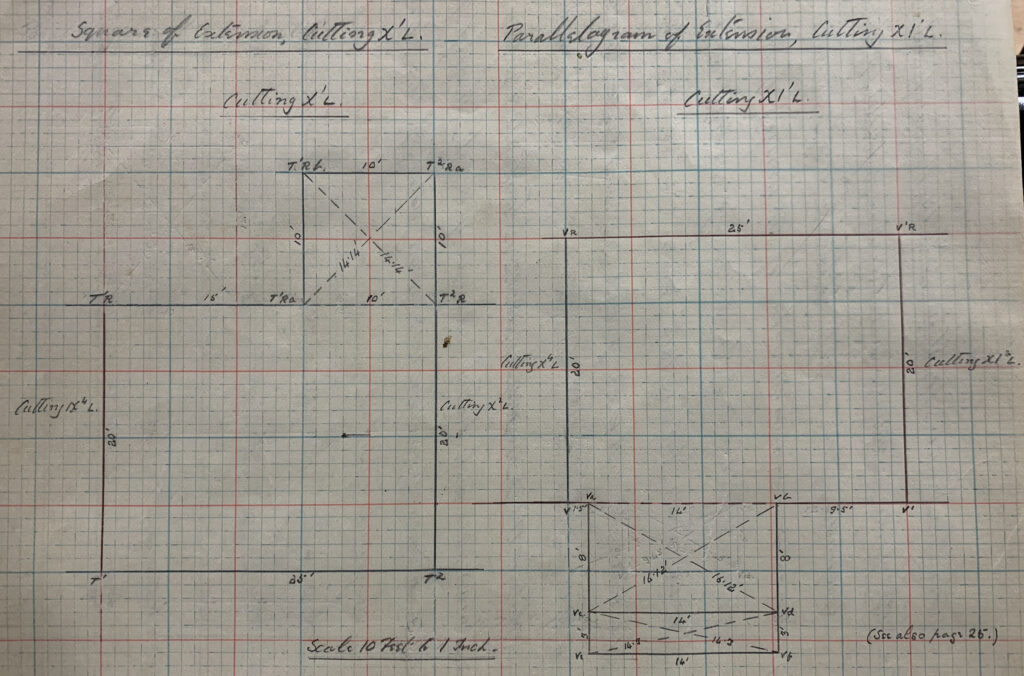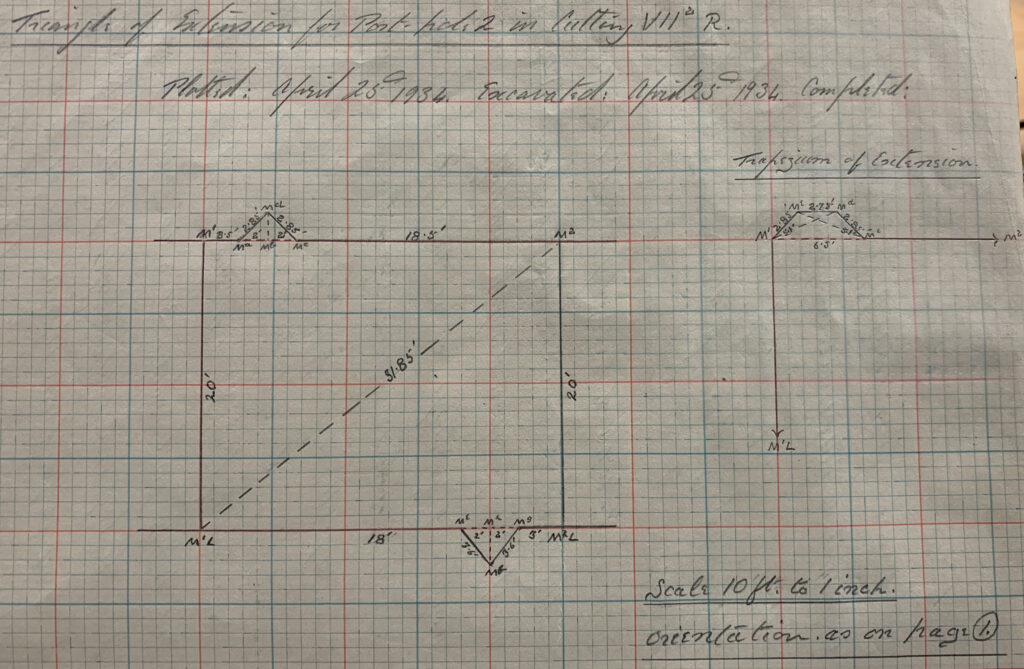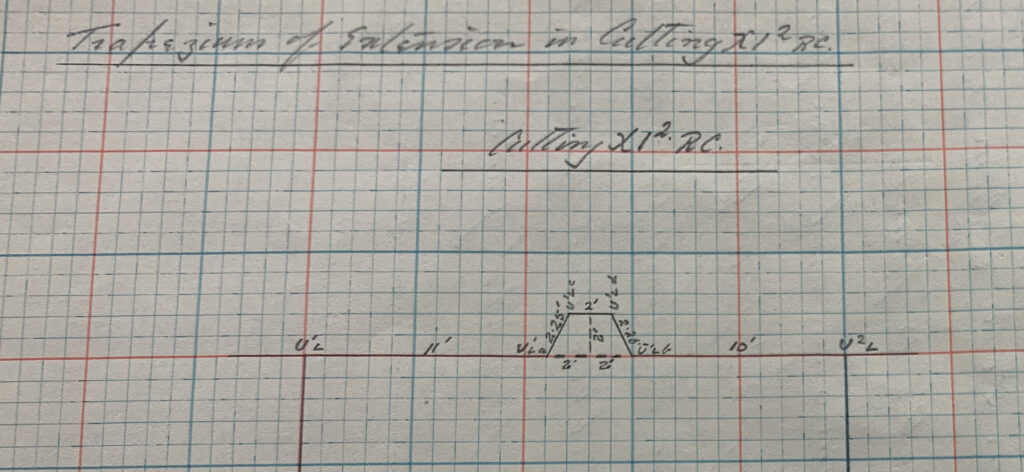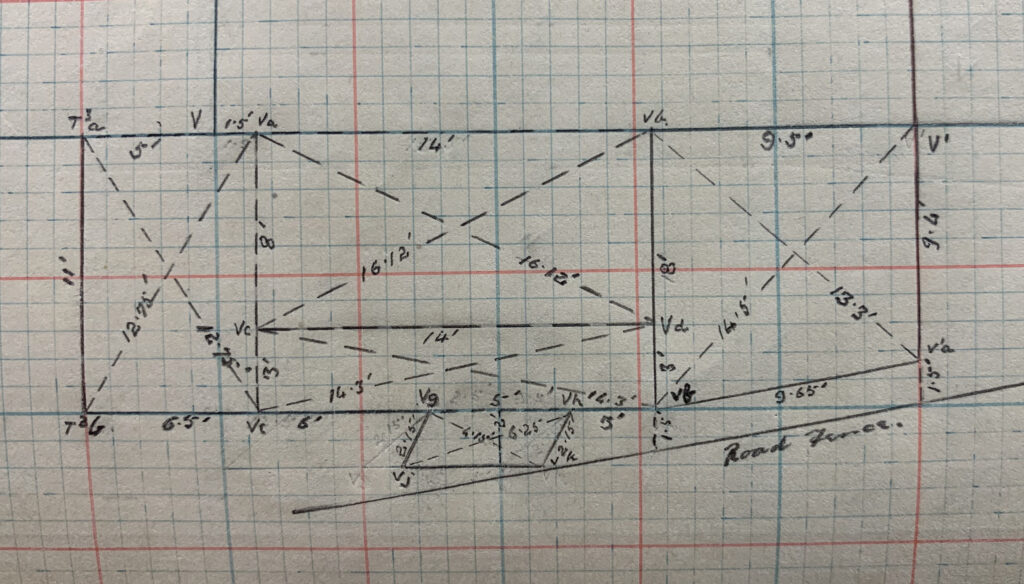This blog post is part of a series: you may like to explore Part 1, Part 2, Part 3, and Part 4 first.
Although I promised that this post would cover the process of geo-referencing – i.e. locating Keiller’s cutting grid on the ground today – I would like to briefly digress and talk a little about the tweaks and alterations Keiller had to make as he went along. In other words, Keiller’s extensions to the grid.
These ‘extensions’ capture for me the essence of Keiller’s perhaps overly meticulous approach. They also hint at his rather long-winded and idiosyncratic writing style* – if you do not believe me compare the text of the 1936 Antiquity interim (penned by Keiller & Piggott) with the 1939 interim (penned by Keiller alone). The latter is chewy.

As I noted in previous blog posts, Keiller’s approach to setting out the West Kennet Avenue trenches was rigid and meticulous – ruler-straight baselines and regular gridded corridors of equally sized cuttings laid out to track the course of the paired standing stones.
Sadly, the Avenue itself did not play ball, its course gently curving and arcing as it plodded its way north towards the Avebury henge. To cope with this Keiller took the decision to pivot the entire grid 6 degrees to the northeast, as discussed in blog post 4. He also surveyed in a series of regular geometric extensions to the basic grid to enable his cuttings to encompass the full positions of the component standing stones and other features (such as post holes).

I’d have called them extensions (if I called them anything at all). Keiller was more creative. As a result as we read through the notebooks and peruse the plans we encounter the rather lovely Triangle of Extension along with the Trapezium of Extension, the Parallelogram of Extension and the Square of Extension. They sound like cool band names.

And things could get complicated, as progressive excavation revealed the need for extensions to extensions, leading to my favourite, the frankly awesome Parallelogram of Further Extension. Needless to say, the 6 degree pivot was made possible by the terrifying sounding Triangle of Correction.

Next stop: geo-referencing. I promise.
* the irony in me – a notoriously long-winded and prolix writer – calling Keiller out on his wordiness has not been wasted.